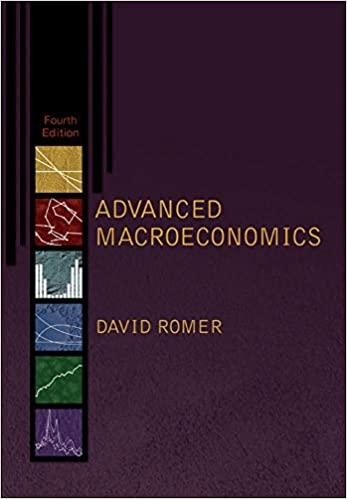8.7. Consider the two-period setup analyzed in Section 8.4. Suppose that the government initially raises revenue only
Question:
8.7. Consider the two-period setup analyzed in Section 8.4. Suppose that the government initially raises revenue only by taxing interest income. Thus the individual’s budget constraint is C1 + C2/[1 + (1 − τ)r] ≤ Y1 + Y2/[1 + (1 − τ)r], where τ is the tax rate. The government’s revenue is 0 in period 1 and
τr (Y1 − C0 1 ) in period 2, where C0 1 is the individual’s choice of C1 given this tax rate. Now suppose the government eliminates the taxation of interest income and instead institutes lump-sum taxes of amounts T1 and T2 in the two periods; thus the individual’s budget constraint is now C1 +C2/(1+r) ≤ (Y1 − T1)+
(Y2 − T2)/(1 + r). Assume that Y1, Y2, and r are exogenous.
(a) What condition must the new taxes satisfy so that the change does not affect the present value of government revenues?
(b) If the new taxes satisfy the condition in part (a), is the old consumption bundle, (C0 1 ,C0 2 ), not affordable, just affordable, or affordable with room to spare?
(c) If the new taxes satisfy the condition in part (a), does first-period consumption rise, fall, or stay the same?
Step by Step Answer:







